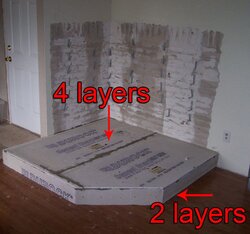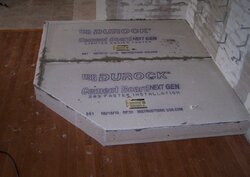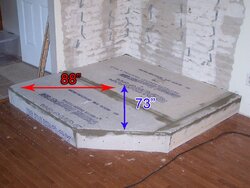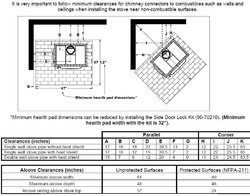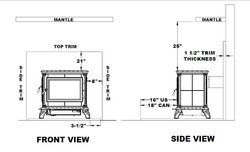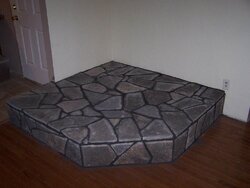I spent the better part of last winter learning how to run my new stove; a big thanks goes out to everyone on this site!!
I built a horrible brick surround last fall. As you see from the attached picture, I created something I was terribly embarrassed of. I couldn’t wait for the opportunity to tear this thing down. Last weekend, I spent the better part of a day, chiseling away one brick at a time.
I do not want to make this mistake again. I have all summer and I plan on taking my time.
I’m looking for ideas. Any tricks, preferred materials, designs etc are all welcome. My initial plan was to use large river rock…until I seen the price. I just can’t come off $700 for 1.5 tons (dealer estimate).
This will be my thread for the entire duration of this project.
I built a horrible brick surround last fall. As you see from the attached picture, I created something I was terribly embarrassed of. I couldn’t wait for the opportunity to tear this thing down. Last weekend, I spent the better part of a day, chiseling away one brick at a time.
I do not want to make this mistake again. I have all summer and I plan on taking my time.
I’m looking for ideas. Any tricks, preferred materials, designs etc are all welcome. My initial plan was to use large river rock…until I seen the price. I just can’t come off $700 for 1.5 tons (dealer estimate).
This will be my thread for the entire duration of this project.




